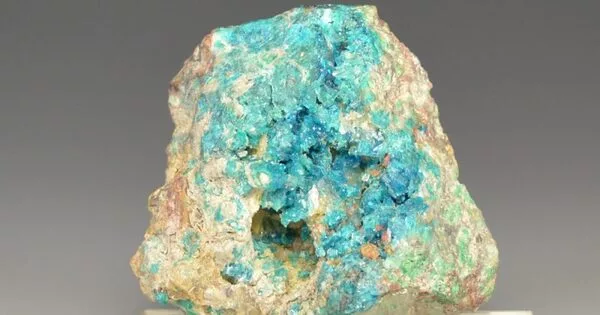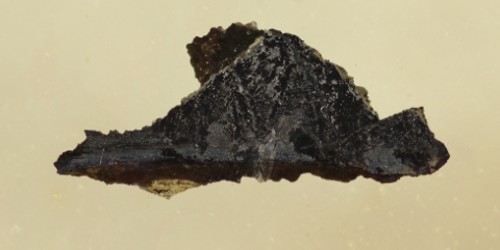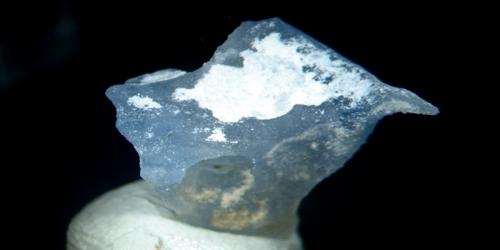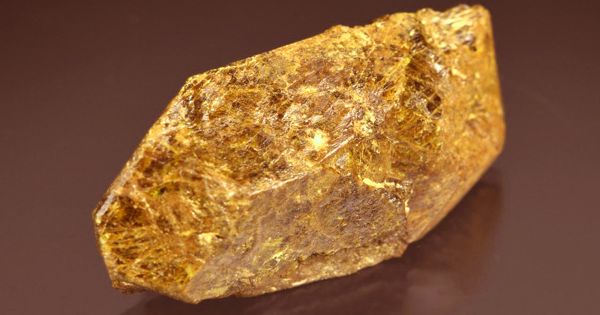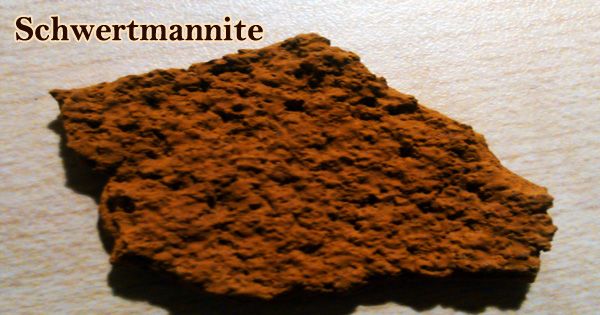Paralaurionite is a colorless mineral consisting of a basic lead chloride PbCl(OH) that is dimorphous with laurionite. It is a mineral consisting of a basic lead chloride dimorphous with laurionite. It is a rare mineral found as a secondary mineral after the alteration of lead-bearing slag in contact with seawater and also in hydrothermal polymetallic deposits.
It was first described in 1899 for an occurrence in slag in Laurium, Attica, Greece. In 1952 an occurrence of it was reported from the Mammoth Mine, Arizona.
General Information
- Category: Halide mineral
- Crystal system: Monoclinic
- Crystal class: Prismatic (2/m) (same H-M symbol)
- Color: Colorless, white, pale greenish, yellowish, yellow-orange, rarely violet

Properties
- Crystal habit: Elongated tabular crystals
- Twinning: Contact twinning on {100}
- Cleavage: Perfect on {001}
- Tenacity: Flexible, non-elastic
- Mohs scale hardness: 3
- Luster: Subadamantine
- Diaphaneity: Transparent to translucent
- Specific gravity: 6.05–6.15
- Optical properties: Biaxial (-)
Occurrence: A secondary mineral formed through the alteration of lead-bearing slag by seawater or in hydrothermal polymetallic mineral deposits.
It is a member of the matlockite group. The name is derived from para-, the Greek for “near”, and laurionite, because of its polymorphic relationship to it. Bright, yellow tips of thorikosite can form on paralaurionite crystals and paralaurionite may also be intergrown with mendipite.
It occurs in lead-bearing slag which has been exposed to seawater. It also occurs in polymetallic ore deposits. It occurs associated with laurionite, penfieldite, fiedlerite, and phosgenite in slag deposits; and with leadhillite, matlockite, cerussite, hydrocerussite, diaboleite, and wherryite in the Mammoth mine location. It can be found in slag and smelter localities in Greece, Italy, Scotland, Germany, and South Africa, and in deposits in England, the United States, Chile, and Morocco.
Association: Laurionite, penfieldite, fiedlerite, phosgenite (Laurium, Greece); leadhillite, matlockite, cerussite, hydrocerussite, diaboleite, wherryite (Tiger, Arizona, USA).
